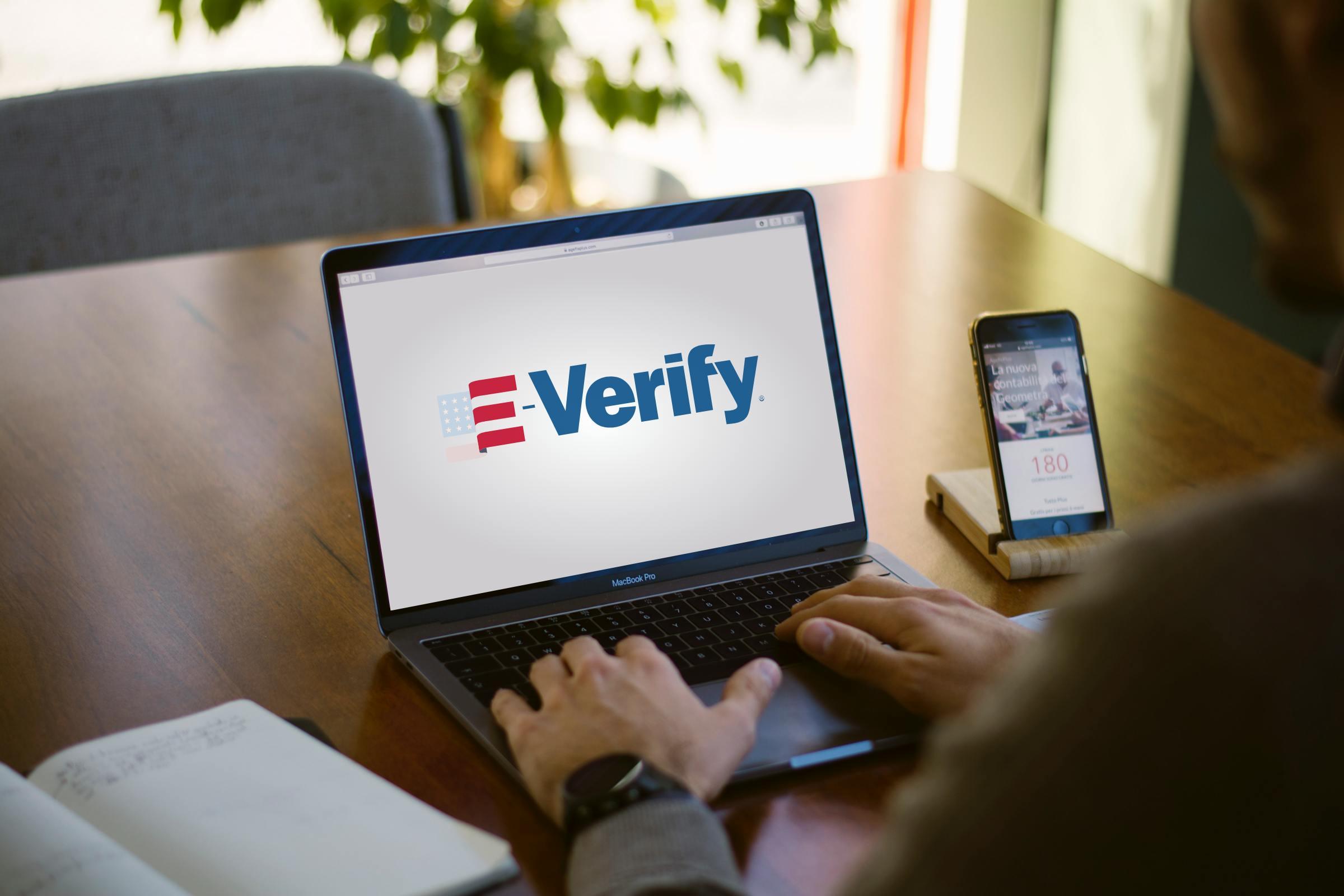Foreign Workers in the US
Historically, the US always has more work (demand) than workers (supply). Although the unemployment rates fluctuate, it’s not as simple as putting a person without the proper skills into a vacant job to balance unemployment and open jobs needing to be filled.
When an employer needs workers and can’t find qualified, willing, and available natural American citizens, the following typical step is to contact other countries for help. Strict, rigorous guidelines dictate how this process is performed, but if an employer qualifies, they can extend a job offer to a foreign worker. That person must then pass USCIS scrutiny of their personal and professional background.
The requirements for each person depend on the type of visa requested. One of the most coveted categories is the H-1B visa. This temporary nonimmigrant visa is given to highly skilled workers in specialty occupations.
Because of its focus, this visa is only granted to those with bachelor’s degrees or beyond in positions requiring complex skills and technical experience. However, once a foreign national is approved for this visa, terms and conditions must be met throughout the validity period, including the employer’s requirement to verify the worker’s immigration status through a platform like E-Verify.
What is E-Verify?
Although a potential employee could show up with all the right documentation that makes them seem as though they’re legally eligible to work, that’s not always the case. Sometimes, a visa is revoked or becomes obsolete. To ensure the worker’s documentation is in order, employers use platforms like E-Verify.
This free cloud-based service makes it simple for employers to use the individual’s visa and other personal information to confirm their right to work. In some states, this is mandatory, while in others, it doesn’t matter which program the employer uses as long as they’ve verified the information.
E-Verify’s program also ensures employers remain in compliance with US immigration laws. Hiring foreign workers comes with a substantial list of regulations and responsibilities, and E-Verify streamlines these requirements to give employers the peace of mind of knowing they won’t be subject to legal liabilities. A trained and qualified representative of the company submits the prospective employee’s records, which are then compared to the records stored at the US Department of Homeland Security (DHS) and the Social Security Administration (SSA).
If the information matches, the employer is safe to hire. Otherwise, DHS or SSA will issue a Tentative Nonconfirmation (TNC). At that point, the employee and employer should ensure the information was submitted accurately and try again if there was an error in submission. The employee should visit the nearest SSA field office within eight federal workdays to find out what the mismatch is with their information.
It’s free to enroll at e-verify.gov. For most employers, this platform is voluntary, but it is required in some states and for organizations that engage in any type of federal contracting. Once an employee is officially hired with a clear E-Verify record, they must stay at the job listed on their H-1B visa terms and conditions unless they transfer using H-1B portability.
The Flexibility of H-1B Portability
Things aren’t always perfect at the job site, and an employee who is truly unhappy in their job or who receives a better offer should have options. H-1B portability makes this possible.
Through this provision, H-1B workers can change employers and begin working with them provided the new employer has filed and received a Labor Condition Application and then filed an H-1B petition with USCIS. These steps ensure the position with the new employer is in a specialty occupation where the worker will continue to use their highly skilled knowledge and education, receiving comparable pay to their previous job. As long as all of these factors are in order, the employee should have no major issues transferring their H-1B visa to another employer.
Due to previous problems with transferring H-1B portability when the initial status was anything other than an H-1B, employers should use premium processing to obtain timely E-Verify authorization.
What’s Next?
Questions about your current or potential H-1B visas? Our “highly skilled” immigration attorneys at Visa2US are available to clarify any confusion and guide your steps as you further your profession as a foreign worker or H-1B employer. Contact us 24/7 to get started!














